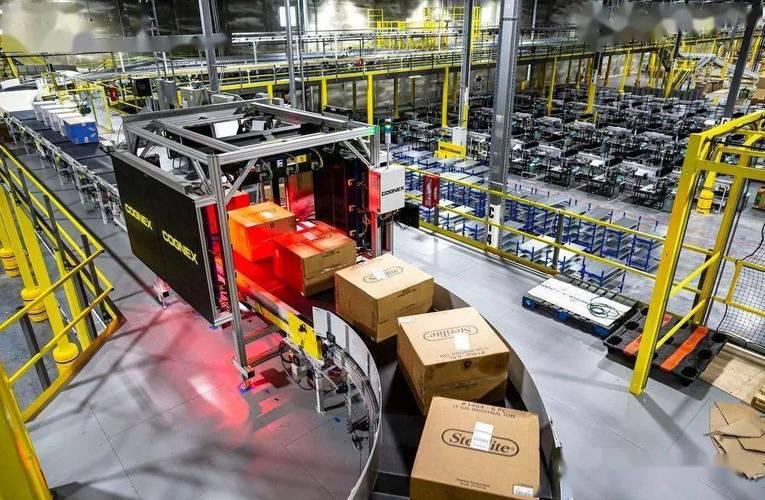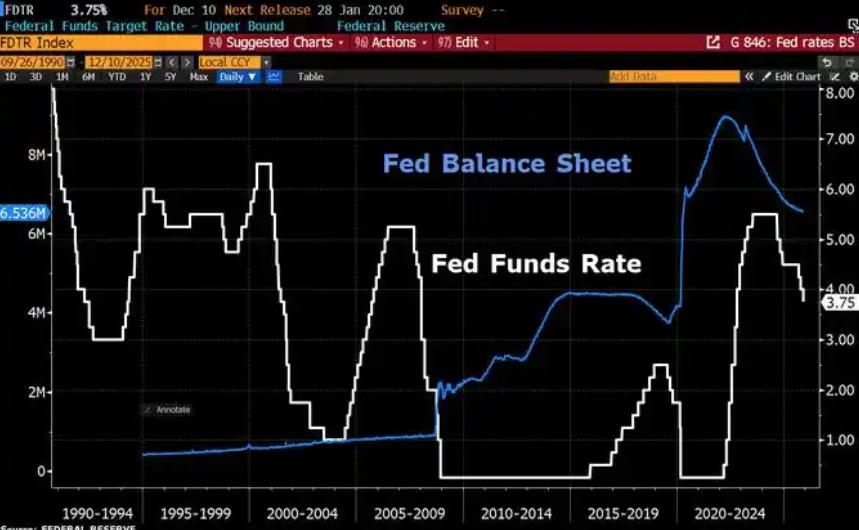
In the Mexican market, where the e-commerce penetration rate has exceeded 65%, Amazon and Wal Mart are launching a new round of competition with different strategic paths. The former invested $500 million heavily in logistics infrastructure, while the latter teamed up with Microsoft to reconstruct inventory management through AI. The transformation trajectory of the two retail giants reflects a profound shift in the global retail industry from "scale competition" to "efficiency revolution".
Amazon's logistics expansion in Mexico is a typical example of the 'infrastructure maniac'. It has invested $500 million to build three new logistics centers, located in the states of Nuevo Le ó n, Jalisco, and Mexico, forming a distribution network covering 85% of the country. This layout not only compresses the delivery time of core cities such as Monterrey and Guadalajara to same day delivery, but also extends last mile services to remote areas through innovative models such as "hubdelivery" and "amazonflex". The data shows that the project is expected to create 6000 direct jobs and 12000 indirect jobs, driving a 0.3 percentage point increase in local employment rate.
From a business logic perspective, Amazon's logistics investment has triple strategic value: by shortening delivery times to within 48 hours, compressing consumer decision-making cycles to one-third of traditional e-commerce, it directly impacts the market share of local platforms such as Mercado Libre; The automated sorting system has increased the processing capacity of a single warehouse by 40%, coupled with solar and water circulation systems, and is expected to reduce unit distribution costs by 15%; The logistics network, which processes over 2 million orders daily, has become the core data source for training AI prediction models, providing support for dynamic pricing and inventory optimization. It is worth noting that Amazon's cumulative investment in Mexico has exceeded 110 billion pesos, and its logistics density has reached 1.2 distribution centers per 100000 population, far exceeding the industry average. This "heavy asset+high-density" strategy is reshaping the competitive rules of e-commerce in Latin America.
In the face of Amazon's logistics offensive, Wal Mart chose to break through with technology. Its AI inventory management system, in collaboration with Microsoft, improves demand forecasting accuracy to 92% by integrating sales data, weather patterns, and social media trends. In the Mexican market, the system has helped Wal Mart to increase the inventory turnover rate from 6.8 times/year to 8.2 times/year, and the proportion of unsalable products has decreased to 3.7%. Specifically, Wal Mart's AI transformation includes three technical pillars: based on the machine learning model, the system can automatically generate replenishment suggestions and control the out of stock rate below 1.5%. During Black Friday 2024, the system successfully predicted and pre stocked 3 million hot selling items, avoiding losses exceeding $200 million; Real time data sharing with suppliers is achieved through blockchain technology, reducing order response time from 72 hours to 8 hours. During the epidemic, the platform helped Wal Mart quickly adjust its supply chain, and increased the inventory of sanitary products to three times the usual level; In the smart warehouse in Tijuana, Mexico, the combination of AGV robots and robotic arms has increased sorting efficiency by 60% and reduced error rates to 0.02%. Combined with the AR glasses assisted picking system, the average order volume per person in the warehouse has reached 2.5 times that of the traditional mode.
According to the CFO of Wal Mart, AI transformation has produced significant financial benefits: in 2024, the proportion of supply chain cost in revenue will decline to 16.3%, 3.2 percentage points higher than that in 2020; Operating cash flow increased by $36.4 billion, of which approximately 40% was attributed to improved inventory efficiency. The transformation paths of the two giants reveal three major trends in the efficiency revolution of the retail industry: when "same day delivery" becomes standard, retailers begin to explore "minute level" delivery. The AR picking system developed by Wal Mart has compressed the warehouse processing efficiency to 15 minutes per order, approaching the limit value; Amazon will include logistics assets in its balance sheet and reduce short-term cost pressures through depreciation and amortization; Wal Mart capitalized AI R&D expenses to form long-term technical assets; Shift from single link optimization to full chain reconstruction. Amazon's logistics network simultaneously serves third-party sellers, forming an ecological loop of "e-commerce+logistics"; Wal Mart's AI system is open to suppliers to build a collaborative ecosystem of "data+manufacturing".
With the maturity of 5G, IoT, and generative AI, the efficiency competition in the retail industry will enter a new stage. Amazon is testing a drone delivery network that plans to cover 50 major cities in Mexico by 2026; Wal Mart cooperates with SpaceX to explore space logistics, trying to break through geographical restrictions. It can be foreseen that future retail competition will no longer be limited to the ground, but will extend to the air, space, and even virtual space. In this efficiency revolution, traditional retailers face double challenges: they should not only build physical infrastructure like Amazon, but also master digital technology like Wal Mart. Enterprises that can balance "heavy assets" and "light technology" may dominate the next retail era. As Wal Mart's vice president of technology said, "The future retail war is the coordinated operation of reinforced concrete and silicon chips."

Since 2022, the Fed has cumulatively reduced its balance sheet by $2.4 trillion through quantitative tightening (QT) policies, leading to a near depletion of liquidity in the financial system.
Since 2022, the Fed has cumulatively reduced its balance sh…
On December 11 local time, the White House once again spoke…
Fiji recently launched its first green finance classificati…
Recently, the European Commission fined Musk's X platform (…
At the end of 2025, the situation in the Caribbean suddenly…
The U.S. AI industry in 2025 is witnessing a feverish feast…